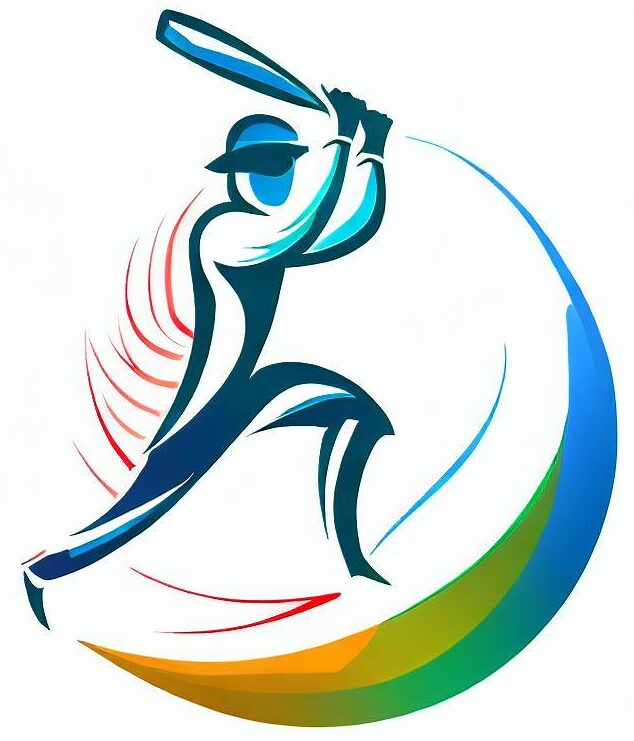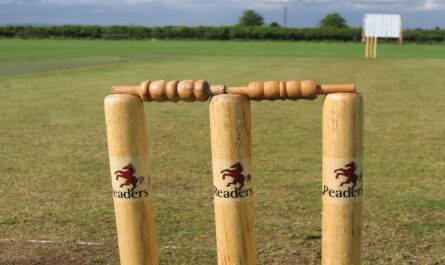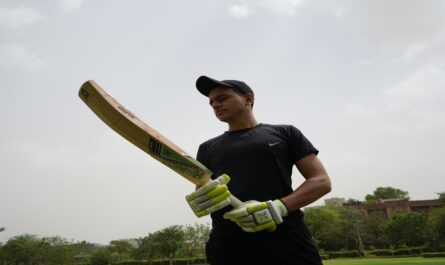Cricket umpire play a crucial role in cricket matches. Their appointment is crucial as its their responsibility to ensure fair play and safety during games. They also have to look into pitch inspections, ensure rule enforcement and maintain spirit of the game. Umpires have to meet certain criteria which are comprehensively laid out in MCC Law 2. Lets delve into its details.
Section 2.1: Cricket Umpire Appointments and Attendance
Before a cricket match begins, two umpires are selected – one for each end – to oversee the game impartially. These umpires must arrive at the field at least 45 minutes before the scheduled start of play.
Section 2.2: Changing Cricket Umpires
During a match, umpires are not usually changed unless there are exceptional circumstances, like injuries or illnesses. If a replacement is necessary, they usually take up the role of the striker’s end umpire, unless both team captains agree otherwise.
Section 2.3: Consultation with Captains
Before the coin toss, the umpires meet with the team captains to decide various aspects of the match, such as the type of cricket ball to be used, the playing hours, intervals, timekeeping, field boundaries, the use of pitch covers, and any special playing conditions. These agreements are communicated to the scorers.
Section 2.4: Checking the Pitch and Boundaries
Before and during the match, the umpires ensure that the pitch, creases, and field boundaries comply with the established rules and standards.
Section 2.5: Monitoring Match Conduct and Equipment
Throughout the game, umpires ensure that the match is played according to the rules and that the equipment used, including the cricket ball, bats, stumps, and protective gear, meets the necessary requirements.
Section 2.6: Fair Play
Umpires are the ultimate judges of fair and unfair play during a match.
Section 2.7: Assessing Play Conditions
Umpires decide whether ground conditions, weather, light, or other circumstances make it unsafe or unreasonable to continue the game. These decisions are based on player safety and the sensibility of continuing play.
Section 2.8: Suspending Play in Unfavorable Conditions
Umpires can suspend play if they deem the conditions unsafe or unreasonable. They regularly monitor conditions and call for the resumption of play when conditions improve.
Section 2.9: Cricket Umpire Positions
Umpires position themselves to have the best view of the game. The bowler’s end umpire avoids obstructing the bowler’s run-up or the striker’s view. The striker’s end umpire can choose to stand on the offside instead of the on side with the agreement of both captains and the other umpire.
Section 2.10: Cricket Umpire End Changes
Umpires switch ends after each team has completed one innings.
Section 2.11: Handling Disagreements
In case of disagreements or disputes, the umpires make the final decisions together.
Section 2.12: Cricket Umpire Decisions
Once an umpire makes a decision, it’s final unless there’s a prompt alteration that doesn’t contradict the rules.
Section 2.13: Cricket Umpire Signals
Umpires use signals to communicate decisions. These signals include indicating a dead ball, a no ball, an out, a wide, and other game-related events.
Section 2.14: Information Sharing with Cricket Umpires
Information from captains or players can be conveyed to one umpire, who will then inform the other umpire.
Section 2.15: Score Verification
Throughout the match, umpires and scorers collaborate to ensure that the runs scored, wickets taken, and overs bowled are correctly recorded, with regular checks at intervals and at the end of the match.
Conclusion
In conclusion, umpires are the silent guardians of fair play and sportsmanship in the world of cricket. From their appointment before the match to their final decisions on the field, umpires play a pivotal role in ensuring that the game is played by the rules and that the conditions are safe for all players. Their meticulous attention to detail, impartiality, and ability to make swift, fair decisions are essential for the integrity of the sport.
As cricket enthusiasts, understanding the responsibilities and challenges faced by umpires enriches our appreciation for this timeless game. So, the next time you watch a cricket match, remember the unsung heroes in white, standing in the middle, ensuring that the spirit of cricket prevails.
Visit Our YouTube Channel : Cricket Maverick
FAQs
- Q: What is the role of cricket umpires according to MCC Law 2?
– According to MCC Law 2, cricket umpires play a crucial role in ensuring fair play, safety, and the spirit of the game during cricket matches. They oversee various aspects of the game and make critical decisions.
Q2: When should cricket umpires arrive at the field before a match?
– MCC Law 2 states that cricket umpires must arrive at the field at least 45 minutes before the scheduled start of play to prepare for their responsibilities.
Q3: How do cricket umpires handle disagreements or disputes during a match?
– In case of disagreements or disputes, cricket umpires work together to make the final decisions, as outlined in MCC Law 2.
Q4: What is the significance of cricket umpire signals mentioned in the article?
– The article highlights that cricket umpires use signals to communicate decisions, including indicating a dead ball, a no ball, an out, a wide, and other game-related events. These signals are crucial for maintaining the integrity of the game.
Q5: Why are cricket umpires essential for the integrity of the sport?
– Cricket umpires are essential for the integrity of the sport because they ensure that the game is played by the rules and that conditions are safe for all players. Their impartiality, attention to detail, and ability to make fair decisions contribute to fair play and sportsmanship in cricket.




